Contents:
Constant surveillance seems to be common nowadays, but not everyone understands this statement the same way. While most of us can be just a bit annoyed by cameras and attention by social media, there are some people who feel this fear constantly and intensively.
Fear of being watched, known as scopophobia, sometimes leads to distress and constant anxiety, changes normal routines, and lowers life quality. Let’s find out reasons for this phobia of being stared at, how to cure it with cognitive exercises or live with it.
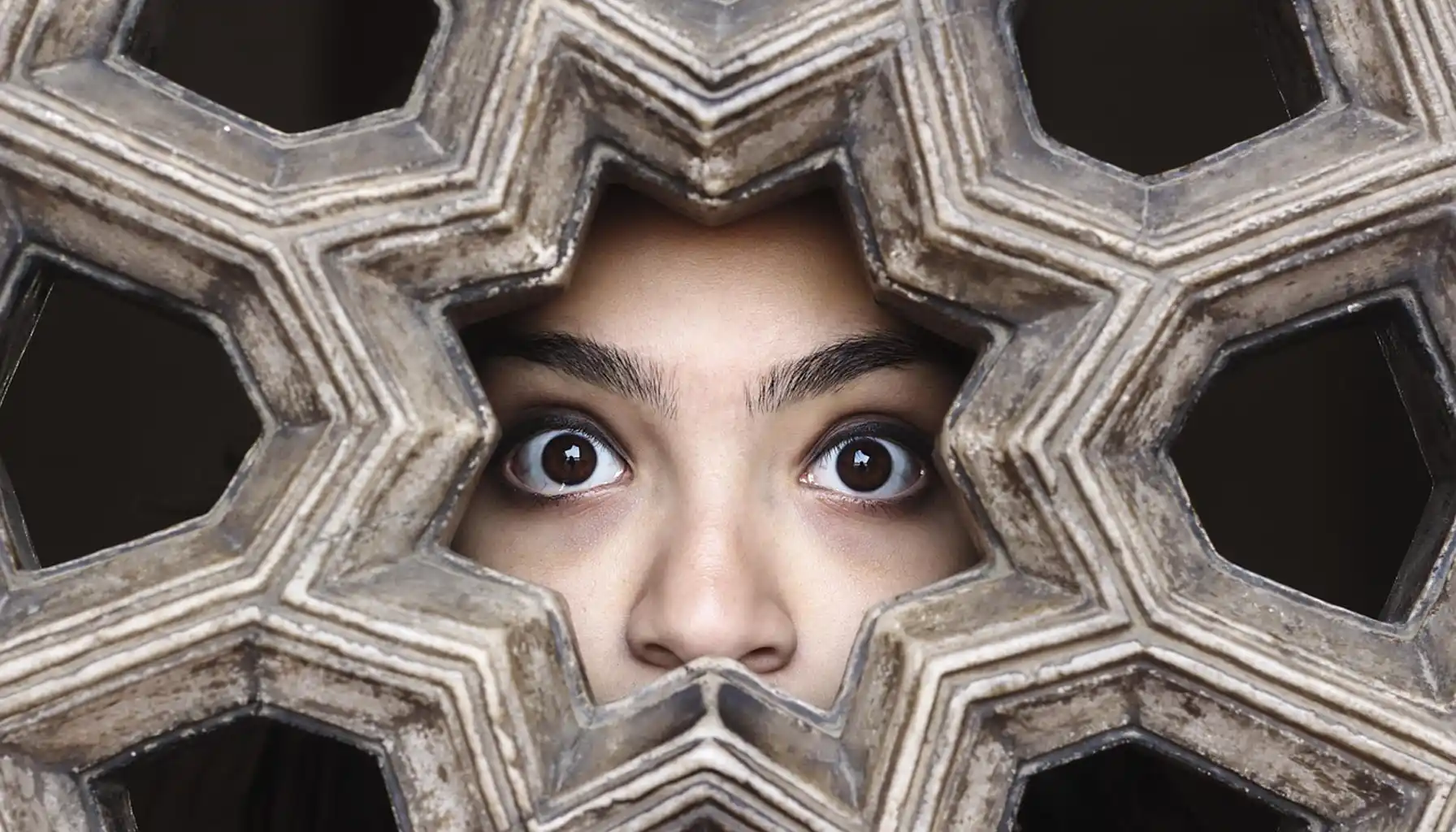
What Is Scopophobia?
Scopophobia meaning refers to the excessive, irrational fear of being watched, looked at, or scrutinized by others. This fear can arise in nearly any social or public situation—during a meeting, walking down the street, or even being photographed. It’s often linked to hyperawareness of visibility, where a person feels as though every movement is being evaluated.
Psychologists classify scoptophobia under social anxiety disorders, but it differs in scope and focus. While social anxiety may involve fears of judgment or embarrassment in multiple contexts (e.g., speaking or performing), scoptophobia centers specifically on visual attention—the fear of being perceived and literally seen.
The fear typically leads to avoiding situations such as eye contact, staying out of crowded areas, or even working remotely to minimize perceived scrutiny. Importantly, scoptophobia should not be confused with ordinary shyness or introversion. Unlike mild social discomfort, this phobia triggers disproportionate physiological and emotional reactions that interfere with daily life.
Related terms and associations:
Also known as ophthalmophobia (fear of being stared at).
Often overlaps with social phobia or avoidant personality traits.
Can coexist with body dysmorphic disorder (BDD), where individuals fear being judged for perceived flaws.
Understanding scoptophobia not as personal weakness but as a psychological distress is a key step toward recovery. It’s a learned fear response, and with treatment, it can be unlearned.
Causes and Risk Factors
Like most phobias, scoptophobia arises from a mix of psychological, genetic, and environmental factors. No single cause defines it, but several influences often contribute to its development:
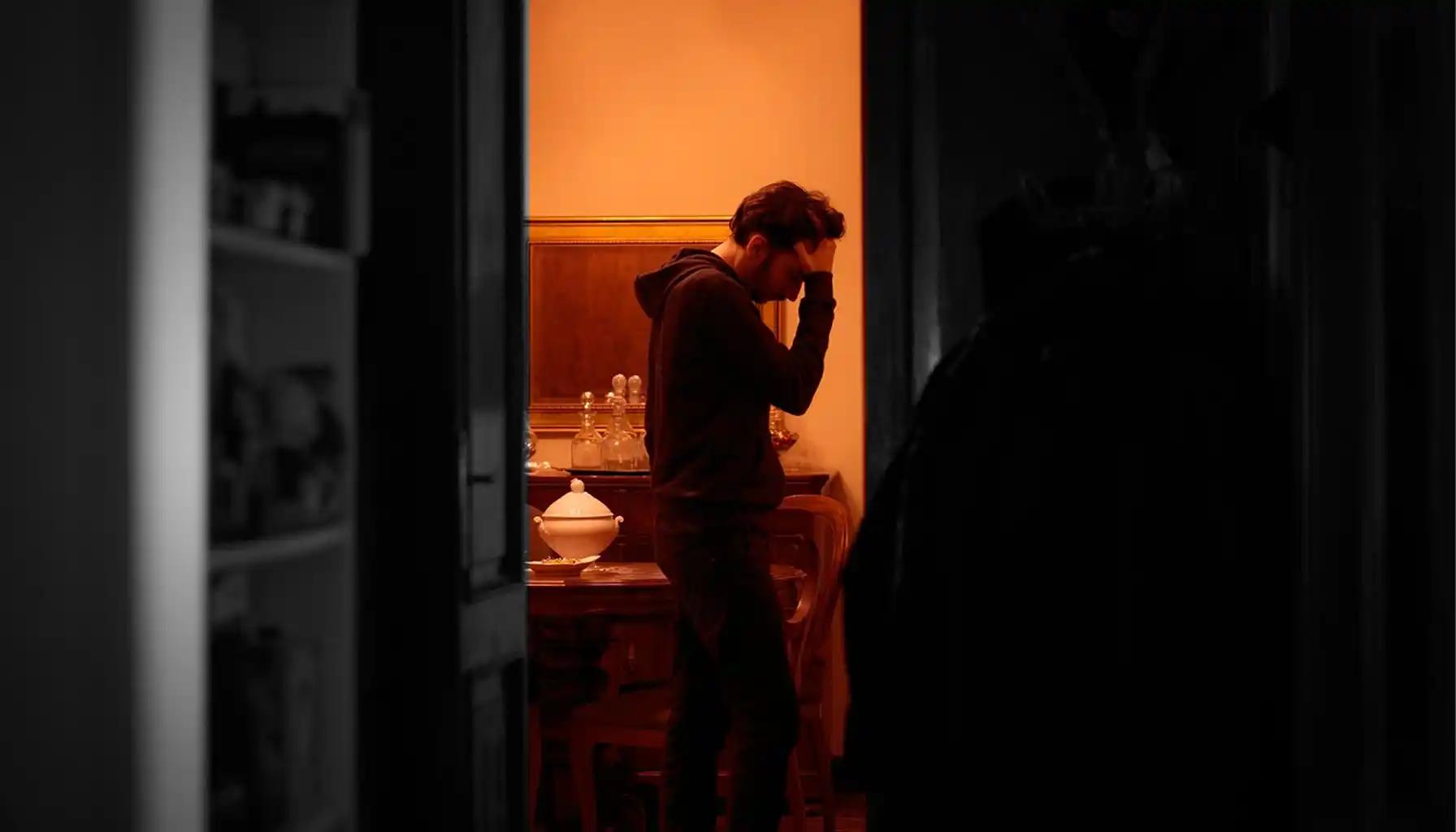
1. Traumatic Experiences
A history of bullying, ridicule, or humiliation—particularly during childhood or adolescence—can leave deep emotional scars. The brain associates being watched with judgment or danger, forming an automatic fear response.
2. Learned Behavior and Social Modeling
Children observing anxious or self-conscious caregivers may adopt similar fears subconsciously. Cultural or familial emphasis on appearance and perfection can intensify self-monitoring and fear of scrutiny.
3. Underlying Anxiety Disorders
Individuals with social anxiety disorder, generalized anxiety disorder, or OCD are more vulnerable to scoptophobia because of heightened sensitivity to perceived evaluation.
4. Personality and Temperament
People who are naturally introverted, sensitive, or prone to overthinking may internalize social feedback more deeply, increasing vulnerability to visual-related anxiety.
5. Biological and Genetic Factors
Studies suggest that phobias can run in families. A genetic predisposition to anxiety or heightened amygdala reactivity can make certain people more susceptible to developing fear-based disorders like scoptophobia or agoraphobia.
6. Cultural or Environmental Triggers
In highly image-conscious societies, where constant exposure to cameras, social media, or surveillance is normalized, individuals may experience intensified pressure to appear “perfect,” reinforcing fear of being watched.
Recognizing the origin of the fear helps shape targeted treatment. Understanding that these reactions have identifiable roots—not random overreactions—can offer comfort and validation.
Symptoms and Signs
Scoptophobia manifests through emotional, physical, and behavioral symptoms, which often reinforce each other in a cycle of fear and avoidance. The intensity varies from mild discomfort to severe anxiety attacks, depending on exposure to triggering situations.
Emotional Symptoms:
People with scoptophobia often experience intense fear, embarrassment, or shame when they believe they are being observed. Even neutral attention—such as someone glancing their way—can provoke panic. They may feel constantly exposed or judged, leading to hypervigilance and an overwhelming desire to hide.
Physical Symptoms:
Fear triggers the body’s fight-or-flight response, producing noticeable physiological reactions, including:
Rapid heartbeat or palpitations
Trembling or shaking
Sweating or blushing
Shortness of breath
Nausea or dizziness
Muscle tension or dry mouth
These reactions can appear suddenly, making public settings feel unsafe.
Behavioral Symptoms:
Avoiding eye contact or public areas
Declining invitations that involve crowds or unfamiliar people
Using clothing, sunglasses, or body posture to “shield” from view
Avoiding cameras or online video calls
Leaving situations abruptly due to discomfort
Over time, these behaviors reinforce the fear. Avoidance may bring temporary relief, but it deepens isolation and increases sensitivity to future exposure.
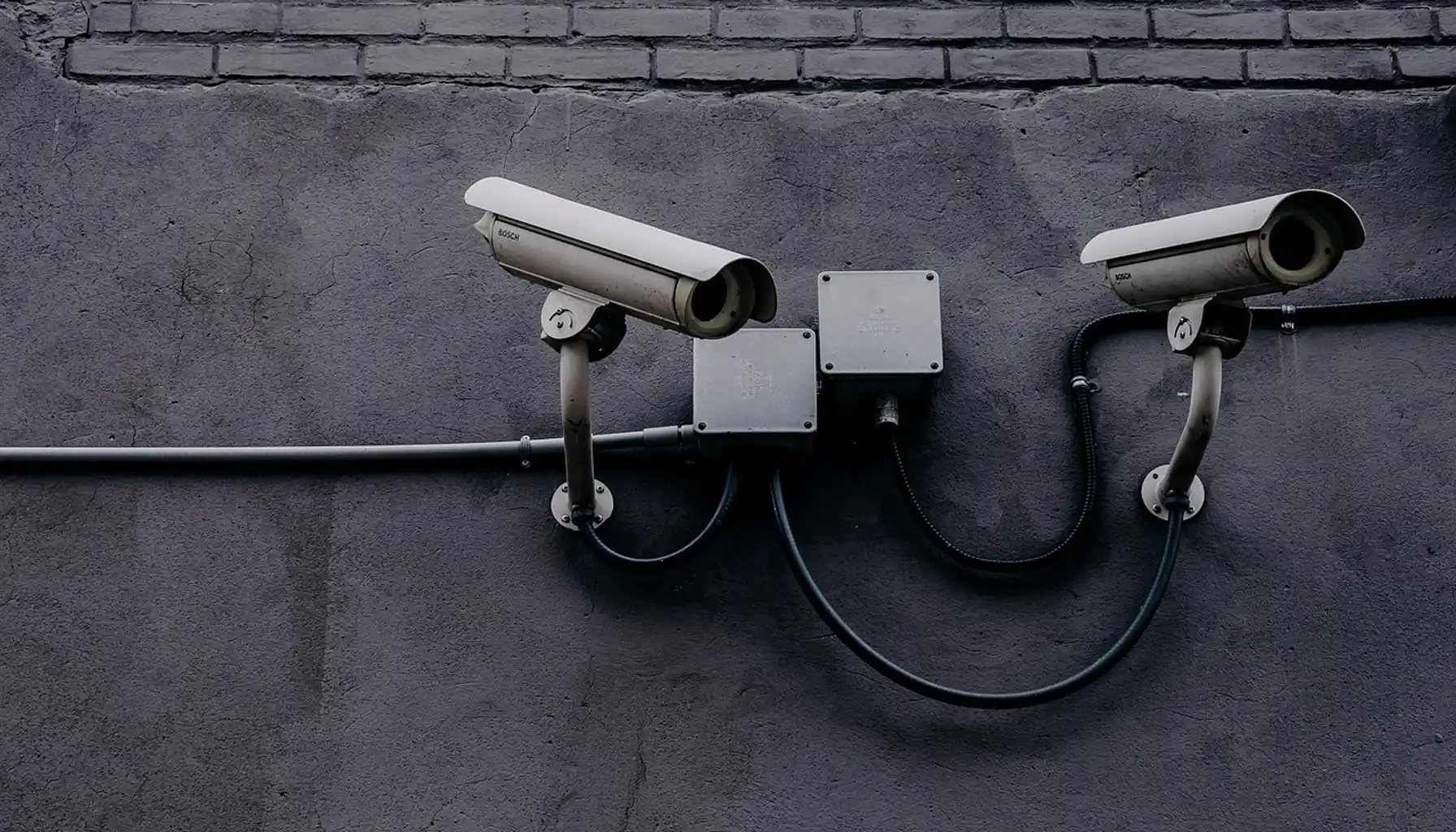
Diagnosis and When to Seek Help
Like other phobias, scoptophobia is diagnosed through clinical assessment rather than medical testing. Mental health professionals evaluate emotional responses, avoidance patterns, and physical symptoms to determine whether the fear meets diagnostic criteria for a specific phobia or social anxiety disorder.
Steps in Diagnosis:
Clinical Interview — A psychologist or psychiatrist discusses history, triggers, and coping mechanisms to understand the fear’s origins.
Behavioral Observation — Clinicians note reactions to social scenarios or hypothetical situations involving observation.
Questionnaires and Assessments — Tools such as the Social Phobia Inventory (SPIN) or Fear Survey Schedule help quantify severity.
Differential Diagnosis — The clinician distinguishes scoptophobia from similar conditions like body dysmorphic disorder or paranoid personality tendencies.
When to Seek Help:
Professional intervention is essential if symptoms:
Interfere with work, school, or social activities.
Cause panic attacks or constant anxiety before public exposure.
Lead to depression, avoidance of relationships, or dependence on isolation.
Phobias rarely resolve on their own. Early diagnosis enables more effective treatment and prevents the phobia from expanding into broader social anxiety. Recognizing that scoptophobia is a mental health condition—not a flaw—makes seeking help a crucial act of self-care.
Treatment and Coping Strategies
Scoptophobia can feel deeply isolating, but with proper treatment, recovery is entirely possible. Modern therapy focuses on retraining the mind’s fear response, helping individuals replace avoidance with calm and confidence.
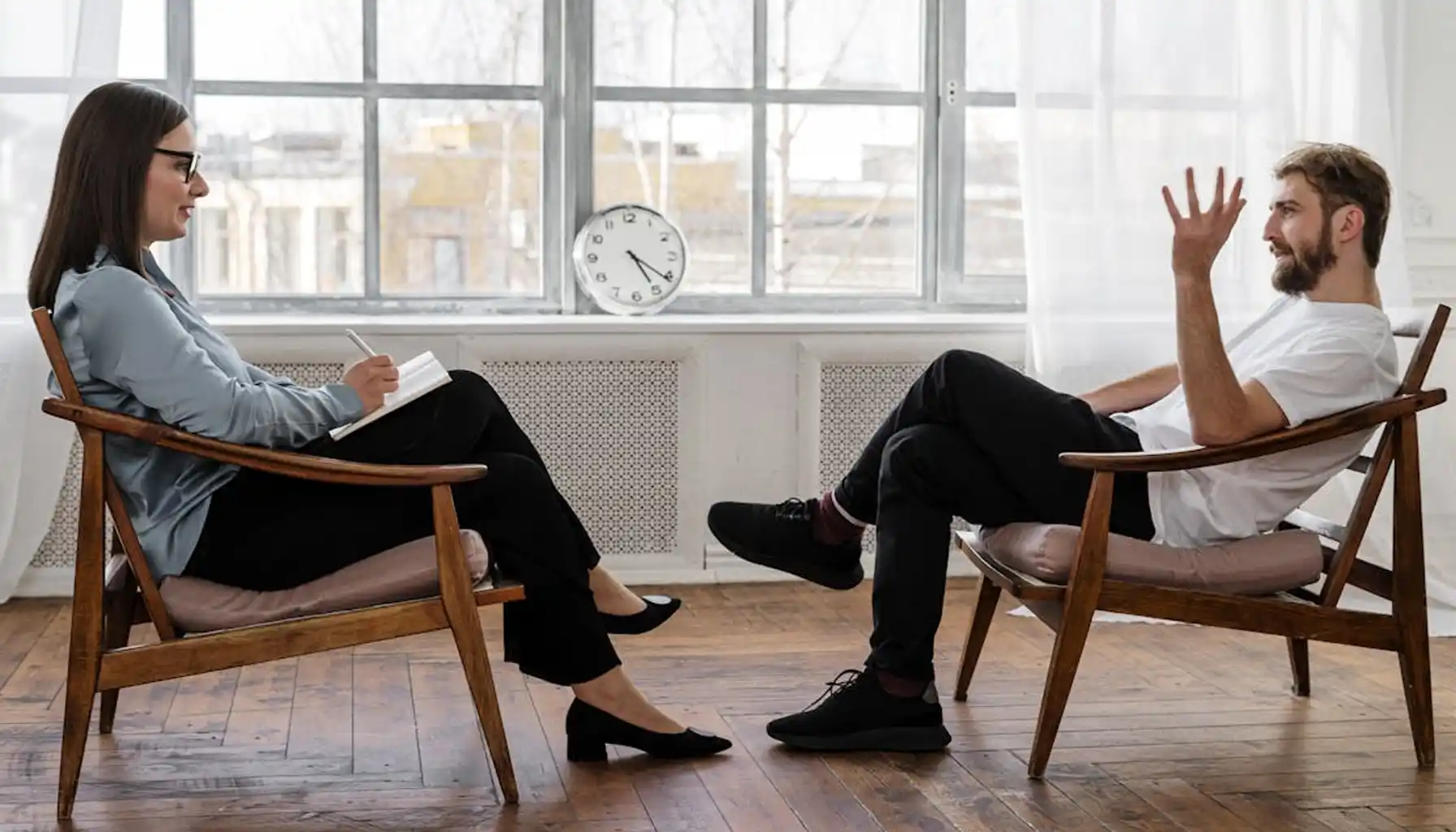
1. Cognitive-Behavioral Therapy (CBT)
CBT, especially trauma-focused, remains the most effective treatment for scoptophobia. It helps patients identify irrational thoughts about being observed (“Everyone is judging me”) and replace them with realistic, self-supportive beliefs. Through guided exercises, people learn to reinterpret eye contact and public attention as neutral experiences rather than threats.
2. Exposure Therapy
Gradual exposure allows the brain to desensitize. Starting with mild situations—such as looking into a mirror or watching crowds online—and slowly progressing to real social encounters helps reduce fear intensity. Controlled exposure rewires the fear circuits that sustain anxiety.
3. Acceptance and Commitment Therapy (ACT)
ACT teaches mindfulness and emotional flexibility. Instead of avoiding anxiety, patients learn to coexist with it without losing control. This acceptance weakens fear’s power and strengthens confidence in handling attention.
4. Medication Support
In severe cases, psychiatrists may prescribe SSRIs or anti-anxiety medications to manage physical symptoms during therapy. These medications support—not replace—psychological treatment.
5. Self-Help and Lifestyle Strategies
Mindfulness and Relaxation: Breathing exercises, meditation, and progressive muscle relaxation lower daily anxiety.
Cognitive Training Apps: Tools like Mind Elevate help strengthen concentration, emotional regulation, and confidence in social settings.
Support Groups: Sharing experiences with others who have similar fears fosters understanding and reduces shame.
Healthy Routines: Adequate sleep, exercise, and balanced screen time stabilize mood and energy.
Consistent, structured treatment can yield remarkable improvement. With patience and persistence, scoptophobia becomes manageable—and for many, entirely reversible.
Living With Scoptophobia
Recovery is a gradual process that relies on awareness, self-compassion, and supportive relationships. Living with scoptophobia doesn’t mean avoiding life; it means learning how to engage with it safely and confidently.
Managing Triggers in Daily Life
Begin with controlled social exposure—small gatherings or conversations in comfortable environments.
Practice relaxed posture and slow breathing when you sense eyes on you.
Use affirmations such as “Being seen doesn’t mean being judged.”
Schedule short breaks or grounding moments when social fatigue appears.
Advice for Family and Friends
Support from loved ones accelerates recovery:
Encourage gradual participation in social settings, but avoid pressure.
Offer empathy and reassurance instead of minimizing the fear.
Learn about scoptophobia to better understand the triggers and emotional responses.
Celebrate progress, even if it’s small—like attending a meeting or making eye contact.
When empathy replaces judgment, individuals feel safer to heal and re-engage with the world.
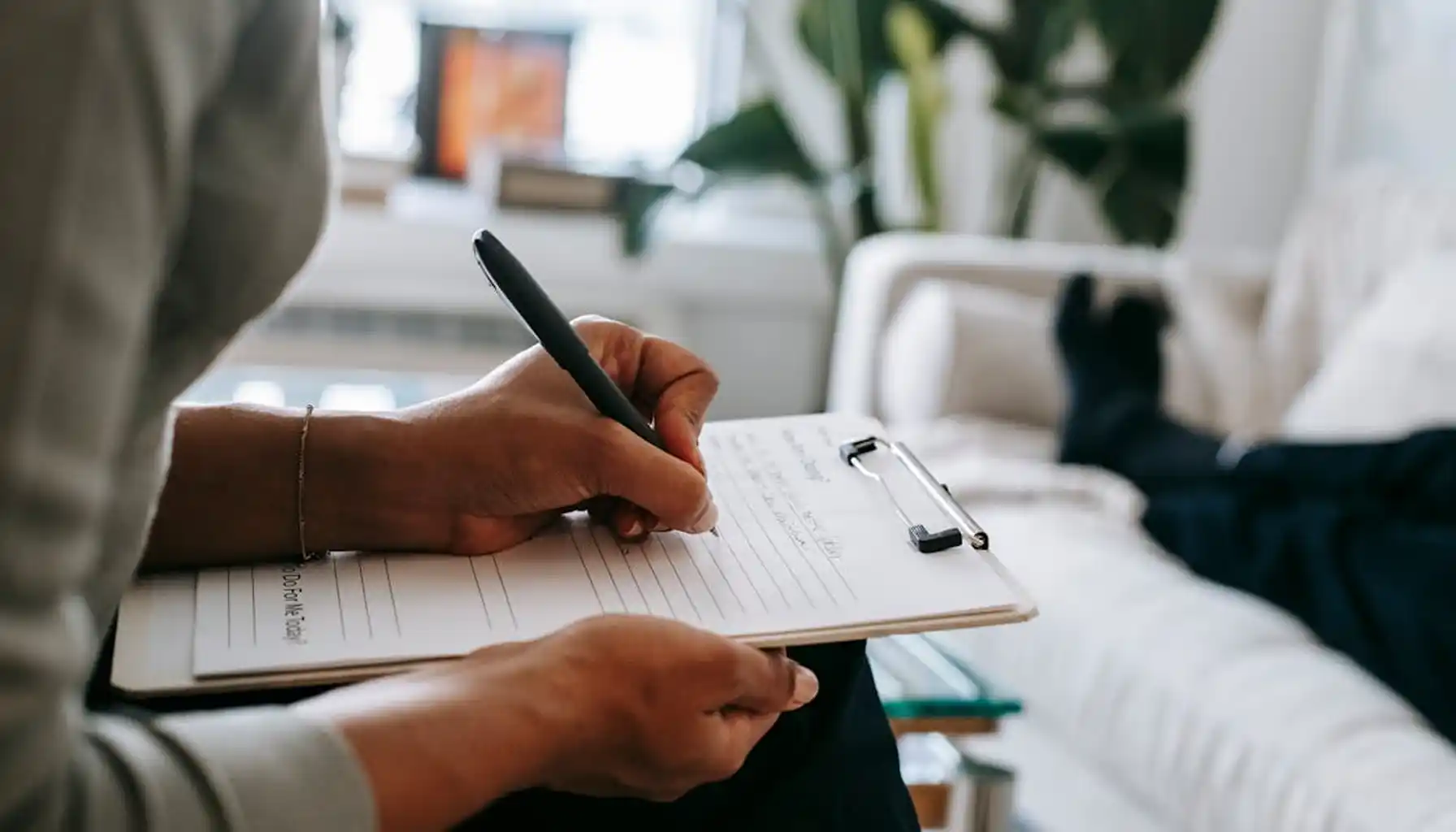
FAQ
What is scoptophobia?
Scoptophobia, or scopophobia, is the irrational fear of being watched or stared at. It causes anxiety or panic in situations where a person feels observed, even when no real judgment is present.
Is scoptophobia the same as social anxiety?
Not exactly. Social anxiety involves fear of judgment in general interactions, while scoptophobia focuses specifically on the fear of being watched or stared at.
Is scopophobia a rare phobia?
Yes. Scopophobia is relatively uncommon, though many people mistake it for shyness. It’s a distinct anxiety disorder centered on fear of visual attention.
How to heal scopophobia?
Treatment includes CBT, exposure therapy, and mindfulness to retrain fear responses. Tools like Mind Elevate can also support calm and confidence during recovery.
What is the fear of being watched?
The phobia of being seen is called scoptophobia. It’s a recognized condition that responds well to therapy and gradual exposure techniques.





